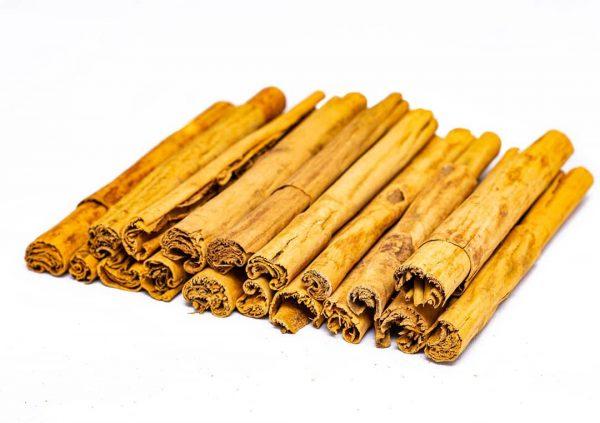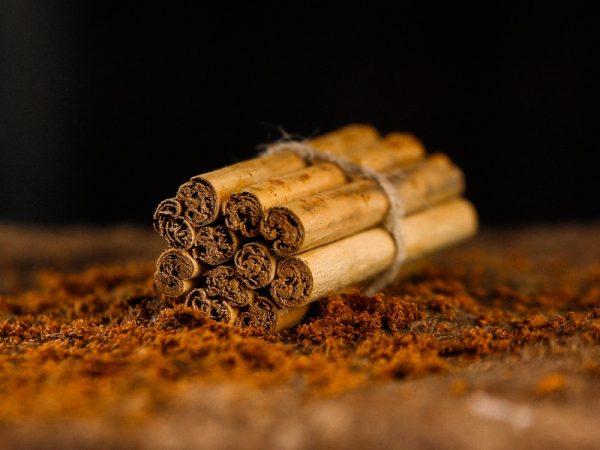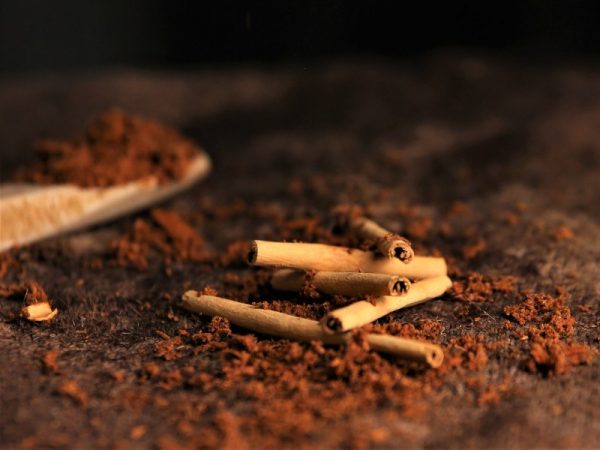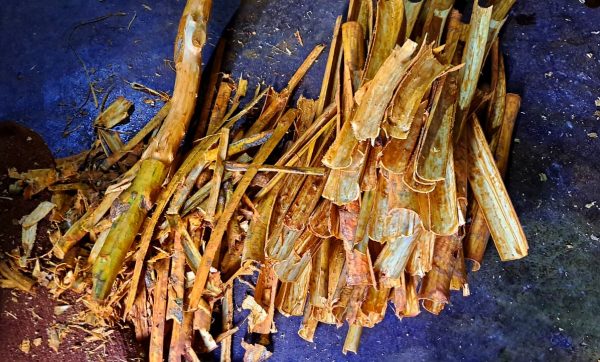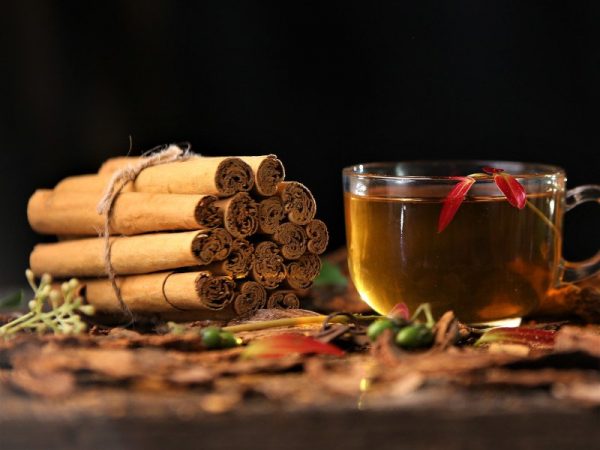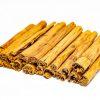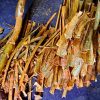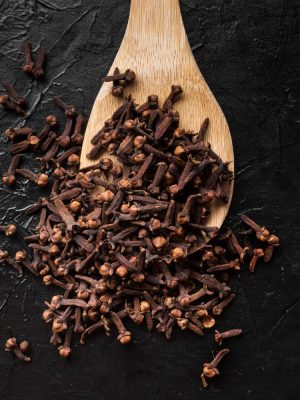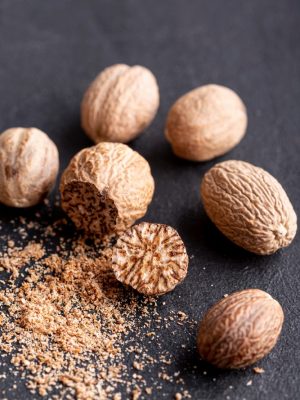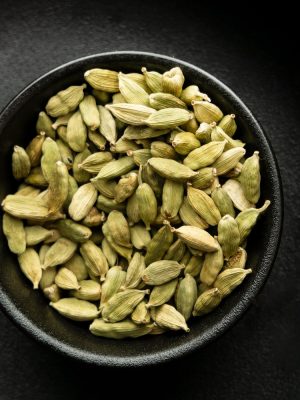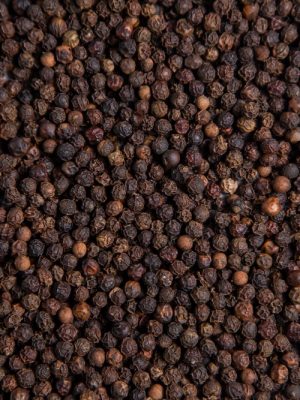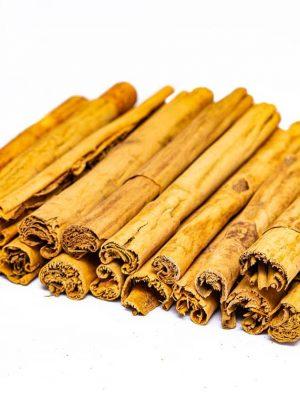Ceylon Cinnamon
Ceylon Cinnamon is native to just one region of the world, and producing it requires hours of delicate work. But not all spices labeled Cinnamon are the Ceylon variety. Many in the Western market are actually cheaper types of Cinnamon called Cassia. It is not real Cinnamon, But Sri Lankan Cinnamon is Real Cinnamon and it called Ceylon Cinnamon.
Nestled in the heart of the Indian Ocean, Sri Lanka is renowned for its breathtaking landscapes, rich cultural heritage, and an array of unique spices that have captured the attention of food enthusiasts worldwide. Among these, Ceylon cinnamon stands out as a precious gem, prized not only for its exquisite flavor but also for its historical significance and health benefits. In this article, we’ll delve into the captivating world of Ceylon cinnamon and explore why it holds a special place on both culinary and wellness fronts.
A Brief History of Ceylon Cinnamon
Ceylon cinnamon, scientifically known as Cinnamomum verum, is native to Sri Lanka and has a long-standing history that dates back to ancient times. The island’s favorable climate and soil conditions provide an ideal environment for cultivating this delicate spice, contributing to its superior quality and distinct flavor. Traders from around the world, including ancient Egypt and Rome, recognized its worth, making it one of the most sought-after spices in the world.
Distinctive Characteristics
What sets Ceylon cinnamon apart from its more commonly found counterpart, Cassia cinnamon, is its delicate, complex flavor profile and thinner bark. Its aroma is subtly sweet, with notes of citrus and a hint of clove, making it a popular choice for enhancing both sweet and savory dishes. The thin and fragile bark can be easily rolled into quills, allowing for the creation of the well-known cinnamon sticks that are often used for garnishing and flavoring.
Culinary Uses
Ceylon cinnamon’s refined taste makes it a preferred choice among chefs and home cooks alike. It’s a versatile spice that adds depth and warmth to a wide range of dishes, from baked goods like cinnamon rolls and apple pies to savory dishes like curries and stews. Its aromatic essence infuses beverages, such as tea and mulled wine, with a comforting and inviting aroma, making it a staple in many kitchens worldwide.
Health Benefits
Beyond its culinary applications, Ceylon cinnamon boasts a host of potential health benefits. It contains an active compound called cinnamaldehyde, which is known for its antioxidant, anti-inflammatory, and antimicrobial properties. This compound has been linked to potential blood sugar regulation, making Ceylon cinnamon a popular supplement for individuals with diabetes. Additionally, its potential cholesterol-lowering effects have sparked interest in its role in promoting heart health.
Sustainable Farming Practices
Sri Lanka takes immense pride in its sustainable cinnamon farming practices. Farmers adhere to traditional cultivation methods, ensuring that the delicate cinnamon trees are nurtured without causing harm to the environment. The harvesting process involves carefully peeling the inner bark to obtain the cinnamon quills, allowing the tree to regenerate its bark and ensuring the continuity of this precious spice.
Preserving the Legacy
Ceylon cinnamon’s heritage and significance extend beyond its flavor and health benefits. It’s a testament to the rich history of Sri Lanka’s spice trade and cultural exchange. As global demand for high-quality spices grows, preserving the legacy of Ceylon cinnamon becomes crucial. Supporting sustainable practices and fair trade initiatives not only ensures the continued availability of this remarkable spice but also contributes to the livelihoods of the local communities involved in its cultivation.
Ceylon cinnamon, with its delicate flavor, fragrant aroma, and rich history, encapsulates the essence of Sri Lanka’s spice heritage. From ancient times to modern kitchens, it has enchanted palates and provided health-conscious individuals with potential wellness benefits. As we savor the intricate flavors it brings to our culinary creations, let us also appreciate the cultural and environmental significance of this precious spice that originates from the stunning island of Sri Lanka.

